Firefighting AW139 Loss of Control and Tree Impact (LAFD N304FD)
On 2 September 2017, Los Angeles Fire Department (LAFD) Leonardo AW139 N304FD, was damaged when it struck trees in an accident at Tujunga, California. This occurred after a Loss of Control – Inflight (LOC-I) while being operating single pilot for a public aerial firefighting flight. The two occupants were uninjured.
The Accident Flight
The US National Transportation Safety Board (NTSB) explain in their safety investigation report, published on the 6 May 2021 (44 months later), that the pilot had arrived at the LAFD base (‘Fire Station 114’) at Van Nuys Airport (VNY), California, about 07:30 Local Time. The pilot, who had c5500 hours of flight time, 545 on type, had worked for the LAFD since 1980 and had been an LAFD pilot since 1997.
Shortly after arriving, the pilot was tasked with supporting the La Tuna Canyon brush fire response in the Verdugo Mountains. The pilot received a briefing on his mission, which included the communications plan, the airspace deconfliction plan, and which air and ground assets would be involved.
The AW139 was fitted with a Simplex Aerospace Model 326 GII Fire Attack System (FAS), approved under STC SR02351LA, with a belly mounted 450 US gallon tank and snorkel system.
The pilot was seated in the right seat and the crewmember, who was not type-rated in the helicopter and was observing the pilot for training purposes, was seated in the left seat.
This person joined the flight on a last minute, ad hoc basis.
The flight departed VNY and flew to the Green Verdugo helispot about 2 miles northwest of the accident site.
After landing at the helispot, the helicopter was filled with a half tank of water. The helicopter departed from the helispot and conducted various water drops.
The pilot landed back at the helispot, where the helicopter was refueled, and the firefighting tank was filled with a half tank of water. Upon departure from the helispot, the pilot was immediately tasked with structure protection for a residential complex on a southeast-to-northwest-oriented ridgeline.
This complex comprised of two homes at an elevation about 1,970 ft mean sea level (msl). There were ridge lines were to the north and south.
The NTSB say the estimated density altitude was about 3,100 ft, “however, this does not account for the superheated gases and radiant heat in and around the vicinity of the smoke columns at the accident site”.
The pilot performed a high reconnaissance orbit over the residential complex with the intent of conducting a water drop from south to north. During the reconnaissance, the pilot noted the prevailing wind (variable and from the east), the smoke conditions, the ground obstructions, and his intended approach and departure route for the water drop.
The pilot had previously made several water drops in the general location and reported that he was familiar with the terrain. He noted that the smoke conditions at the time were worse than his previous water drops. He concluded that the path into and out of the target area was between two large smoke columns.
However, as the helicopter descended to drop the water, at 09:48 Local Time, airspeed progressively reduced to just c 20 knots (about 100 ft above the trees and about 200 ft south of the target).
The helicopter began an uncommanded right yaw and the vertical descent increased. The pilot released the water, and the helicopter continued to yaw to the right and descend rapidly. The pilot reported that he had little positive control of the helicopter.
The main rotor blades impacted a eucalyptus tree, and the tailboom and tail rotor system impacted a pine tree. After the tree impacts, the uncommanded yaw appeared to decrease, and the pilot regained control of the helicopter.
The pilot subsequently performed a climbing turn to the northwest, made a mayday call on the radio, and conducted an emergency landing at a large high school athletic field. The pilot shut down the helicopter and both occupants egressed without further incident.
The helicopter sustained substantial damage to the left and right stabilizers and the tailboom from the impact with the trees.
Additionally, two main rotor blades, the water tank, and the left and right main landing gear housing assemblies sustained impact damage.
It took almost a year to return the aircraft to service.
NTSB Safety Investigation
The helicopter was equipped with a Penny & Giles Multi-Purpose Flight Recorder (MPFR).
A review of the MPFR data revealed no failures or malfunctions with the airframe and engine.
The MPFR analysis report also showed that:
After a period of approximately 5m30s on the ground at Verdugo Green, the helicopter took off for its final flight at 16:44:55 UTC (09.44 LT) and headed toward the assigned water drop area, which was reached at about 16:46:50 UTC (09.46 LT)…
The helicopter performed the 360° orbit above the wildfire. During the subsequent approach to drop water, the helicopter…
….progressively reduced altitude and IAS. After reaching a RoD peak of approximately 960ft/min (with 42 KIAS and 52kt GS) at 16:47:33 UTC (09.47 LT) the Pilot Flying began to increase the aircraft pitch and the required torque by further pulling the Cyclic Stick aft and the Collective Stick up.
Accident Portion of Flight LAFD AW139 N304FD – starting at right and exiting north to the sports field (Credit: NTSB)
This manoeuvre further reduced the aircraft speed, which reached 18-20 KIAS at 16:47:45 UTC when the aircraft was flying at 100ft AGL and was positioned approximately 50 meters (165ft) SSE from a nearby house.
As the Collective movement caused the torque provided by the engines to increase (up to 110% of AEO MCP), the Pilot progressively moved the Pedal command towards the left, to counteract for the clockwise momentum applied to the aircraft by the Main Rotor and to maintain the desired heading. 100% of the Pedal command was recorded at approximately 16:47:47 UTC. The 100% Pedal command was accompanied by a commanded peak in theaircraft pitch angle, which reached 33° nose up and 16:47:48 UTC.
From 16:47:49 UTC there was a sudden reduction of the commanded collective and torque consistent with a water drop.
From 16:47:49 UTC onwards the Longitudinal and Lateral Cyclic tracks show large and uncoordinated inputs for at least 10-12 seconds, while the aircraft was flying above the mentioned residential complex with backwards ground speed between 8 and 26kts (the direction of the aircraft flight path is deduced by combining heading, GPS track, drift and ground speed data).
Oddly this reward motion is not mentioned in the NTSB report but is consistent with the right hand horizontal stabiliser trailing edge damage.
The reduction in torque demand allowed also a reduction of the Pedal command; at (16:47:53 UTC) the Pilot was again able to properly control the aircraft heading and started banking away from the houses.
During this phase, between approximately 16:47:54-55 UTC a moderate spike in the lateral, longitudinal and vertical accelerations is recorded…together with minor NR oscillations (down to 97%). The aircraft was still flying above the residential complex, at approximately 20ft AGL (note that the Radar Altitude value cannot be fully relied upon in presence of multiple ground obstacles) and yawing towards the right with a commanded ~40°/s rate.
This is compatible with the reported impact with trees. The investigators also comment that:
The MPFR data showed a wind calculation by the onboard Flight Management System showing a 7-8 kt wind from 115-120 before the final approach of the water drop.
The Leonardo AW139 Rotorcraft Flight Manual (RFM) contains critical wind azimuth from 90° to 135° and from 225° to 270° with the helicopter facing 0°. According to Leonardo, wind blowing from a critical azimuth, and dependent upon the airspeed of the helicopter, could reduce the tail rotor pedal margin that is available to the pilot.
The LAFD had an official pilot training manual; however, specific procedures (including conditions and standards) and guidance for water dropping were not listed in the pilot training manual. The manual did not contain guidance about smoke column hazards.
The helicopter was TAWS equipped, being fitted with a Honeywell Mk XXII Enhanced Ground Proximity Warning System (EGPWS). Oddly, this is not mentioned in the NTSB report, although there is an analysis of the EGPWS data in the public docket. That noted:
EGPWS Bank Angle, Tail Strike, Mode 4C, Mode 3, and Terrain Awareness alerts were recorded…
M6 Bankangle Bankangle ( 379:54:53 [2 mins 10 sec after take off])
TSA Tail Too Low ( 379:55:36)
M4C TooLowTerrain ( 379:56: 9)
M3 Don’tSink (Pause) Don’tSink ( 379:56:16)
TAD CautionTerrain (Pause) CautionTerrain ( 379:56:16)
TAD Warning! Terrain ( 379:56:18)
M4C TooLowTerrain ( 379:56:43)The EGPWS Tail Strike alert at time 379:55:36 was triggered at a radio altitude of 18.5 feet and pitch angle 33 degrees. Over the next several seconds, radio altitude reached the minimum recorded value of 5.8 feet and airspeed reached the minimum recorded value of 0 knots.
However:
The EGPWS warning signal history data shows that EGPWS audio was inhibited.
The NTSB noted that a review of the FAA approved Flight Manual Supplement for the FAS “found no published guidance for pilots on optimal airspeeds and altitudes for water dropping procedures”.
According to the LAFD, the low-profile design of the FAS requires pilots to adjust their airspeed to match the desired flow rate (the rate at which the water exits the tank). The typical airspeed used for aerial firefighting in the AW139 ranges from 30 to 40 kts, which provides the most effective flow rate and still leaves the helicopter above effective translational lift. While dropping water at airspeeds from 30 to 40 kts is not dangerous or unsafe, slower airspeed requires the pilot to be more vigilant in maintaining situational awareness during the operation.
Further, the investigators comment that:
At the time of the accident, there were no published educational documents that addressed the hazards of smoke columns for aerial firefighting aircraft. The Department of Interior and USFS released
Interagency Aviation Accident Prevention Bulletin APB 18-02, Smoke Columns Hazards, on March 20, 2018.
That document states:
Smoke columns are the vertical development of smoke emitting from a fire and represent an ascending air column (updraft). It is imperative that aircrews understand the hazards associated with smoke columns during aerial firefighting operations, regardless of aircraft type.
The hot temperatures in a smoke column can significantly reduce aircraft performance. The increase in density altitude can result in hazardous conditions for helicopters such as a loss of tail rotor effectiveness (LTE), settling with power, and decreased power available. The density altitude for performance planning does not include the temperatures of the superheated gases that exist inside of a smoke column.
The NTSB report explains that:
At the time of the accident, there were 61 total personnel assigned to the LAFD Air Operations Section (16 pilots, 12 aeromedics, 30 helitac members, a section commander, an assistant section commander, and one administrative clerk).
Their fleet consisted of four AW139s (which replaced earlier Bell 412s) and two B206Bs were used for Helicopter Coordinator (HELCO) duties and training. They also contracted additional firefighting helicopters.
All pilots…were initially trained and have worked in the field as firefighters. After completing at least 4 years in the field as a firefighter and obtaining the necessary FAA pilot licenses on their own time, a member may apply for a position as a LAFD helicopter pilot. Once accepted…, pilots receive initial city flight training from the LAPD (conducted in Airbus H125 and Bell 206 series helicopters), followed by at least two years of specific LAFD flight training. The LAFD pilot training pipeline takes approximately four years to complete.
The NTSB say that the LAFD had a Safety Management System (SMS) but then only discuss pre-flight risk assessments which…
…were required to be filled out each day by the alert air crew.
And
….a general risk assessment of weather, temporary flight restrictions (TFRs), helicopter maintenance, crew rest, crew currency, and crew pairing…completed by the entire on-duty staff at the mandatory daily morning briefing.
There is no reference in the NTSB report to any risk assessment of the specific types of aviation operations conducted by LAPD (which include air ambulance, disaster assessment, external lift, fire suppression, search and rescue) or indeed any other SMS processes.
NTSB Conclusions
During the water drop, it is likely that the helicopter encountered radiant heat from the fire and its associated smoke columns, which reduced helicopter performance. Additionally, the helicopter was operating with a quartering tailwind at the time, which was within the critical wind azimuth published by the manufacturer.
It is likely that the combination of the increased heat and smoke, adverse wind conditions, a higher helicopter weight due to the water onboard, and the higher torque demand as the result of the helicopter’s slower airspeed resulted in the yaw excursion and vertical descent due to a loss of tail rotor effectiveness. As the helicopter continued its flight path out of the area of the gases, heat, and wind, and dropped the water, the pilot was able to regain control of the helicopter.
NTSB Probable Cause
A yaw excursion and uncontrolled descent due to loss of tail rotor effectiveness during aerial firefighting operations resulting in an impact with trees.
A contributing factor was the pilot’s failure to maintain sufficient airspeed, coupled with a quartering tailwind during aerial firefighting operations. An additional factor was the operator’s lack of guidance to the hazards associated with aerial firefighting operations near and around smoke columns.
Safety Resources
The European Safety Promotion Network Rotorcraft (ESPN-R) has a helicopter safety discussion group on LinkedIn.
You may also find these Aerossurance articles of interest:
- Korean Kamov Ka-32T Fire-Fighting Water Impact and Underwater Egress Fatal Accident
- Unanticipated Yaw: Loss of Control During Landing Site Survey
- Grand Canyon Air Tour Tragic Tailwind Landing Accident
- CFIT Gangnam Style – Korean S-76C++ and Decision Making
- That Others May Live – Inadvertent IMC & The Value of Flight Data Monitoring
- US Air Ambulance Near Miss with Zip Wire and High ROD Impact at High Density Altitude
- BK117 Impacts Sea, Scud Running off PNG
- Impromptu Landing – Unseen Cable
- Air Ambulance Helicopter Downed by Fencing FOD
- A Try and See Catastrophe: R44 Accident in Norway in Bad Weather
- NTSB Investigation into AW139 Bahamas Night Take Off Accident
- Fatal B206L3 Cell Phone Discount Distracted CFIT
- Fatal Helicopter / Crane Collision – London Jan 2013
- Tragic Texan B206B3 CFIT in Dark Night VMC
- Fatal US Helicopter Air Ambulance Accident: One Engine was Failing but Serviceable Engine Shutdown
- Short Sling Stings Speedy Squirrel: Tail Rotor Strike Fire-Fighting in Réunion
- Wayward Window: Fatal Loss of a Fire-Fighting Helicopter in NZ
- Helicopter Tail Rotor Strike from Firefighting Bucket
- Maintenance Issues in Fire-Fighting S-61A Accident
- NZ Firefighting AS350 Accident: Weaknesses in Role Equipment Design and Distribution of Key Operating Data
- UPDATE 5 June 2021: SAR AW101 Roll-Over: Entry Into Service Involved “Persistently Elevated and Confusing Operational Risk”
- UPDATE 21 August 2021: Air Methods AS350B3 Night CFIT in Snow
- UPDATE 16 October 2021: South Korean Fire-Fighting Helicopter Tail Rotor Strike on Fuel Bowser
- UPDATE 21 December 2021: R44 Unanticipated Yaw Accident During Tailwind Take Off Caught on Video
- UPDATE 22 April 2023: Swinging Snorkel Sikorsky Smash: Structural Stress Slip-up
Airbus have discussed unanticipated yaw phenomena and the ‘myth of LTE’ here:


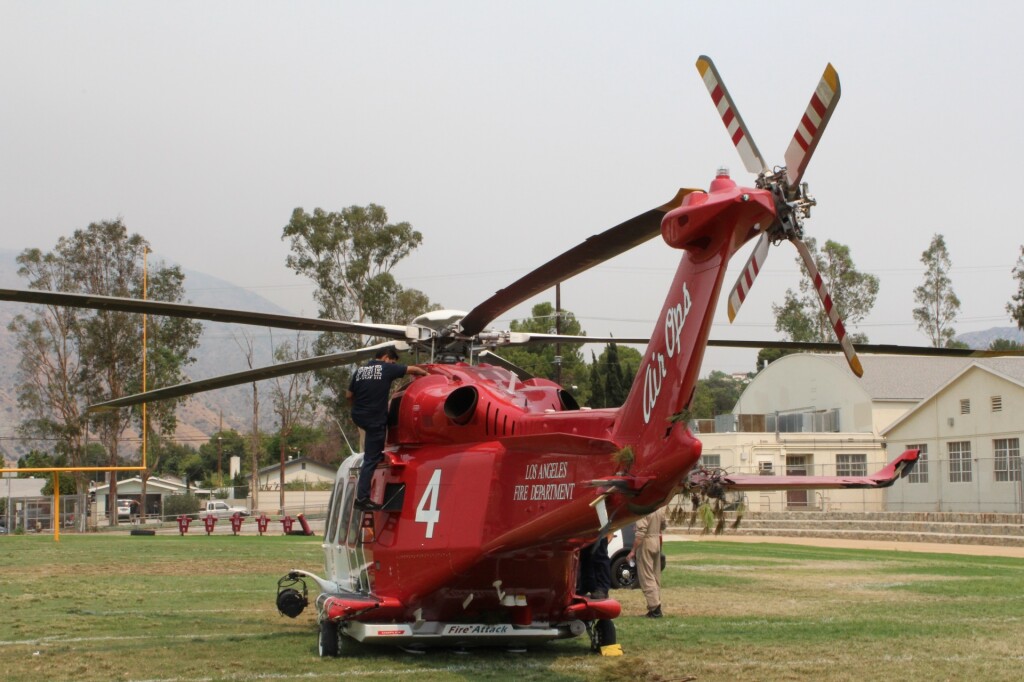

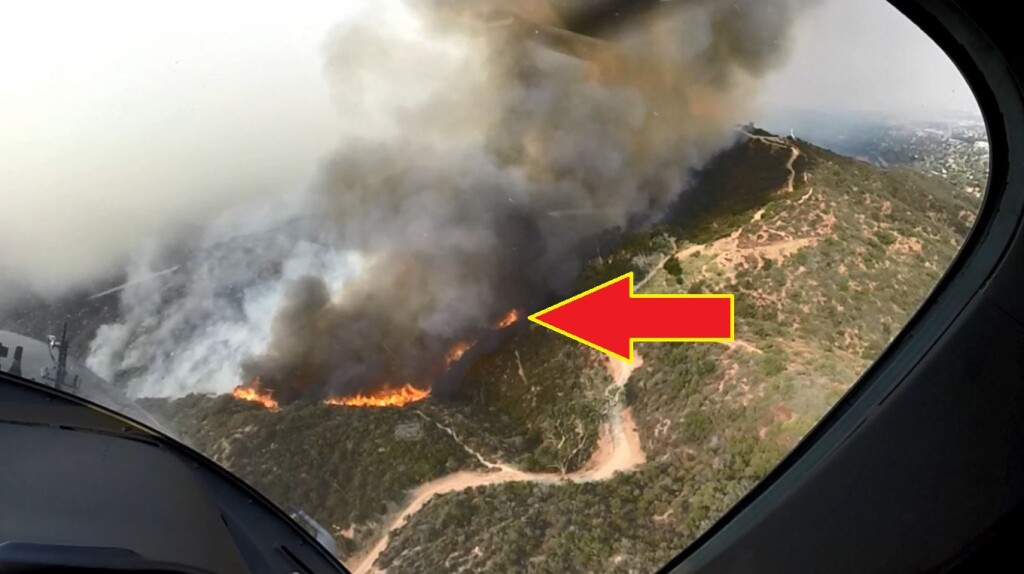


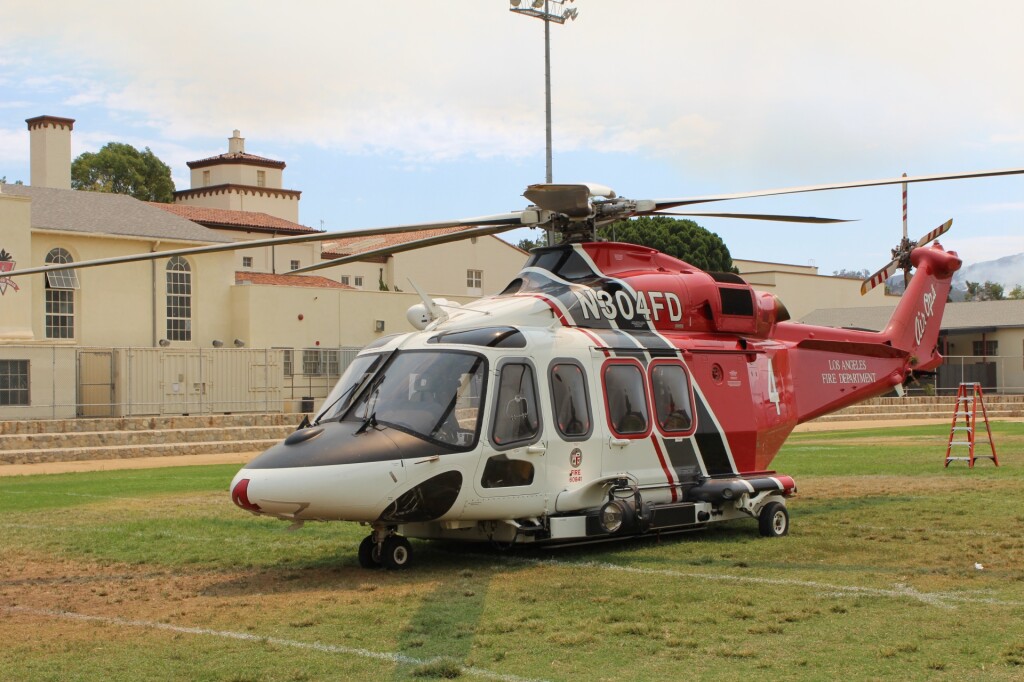


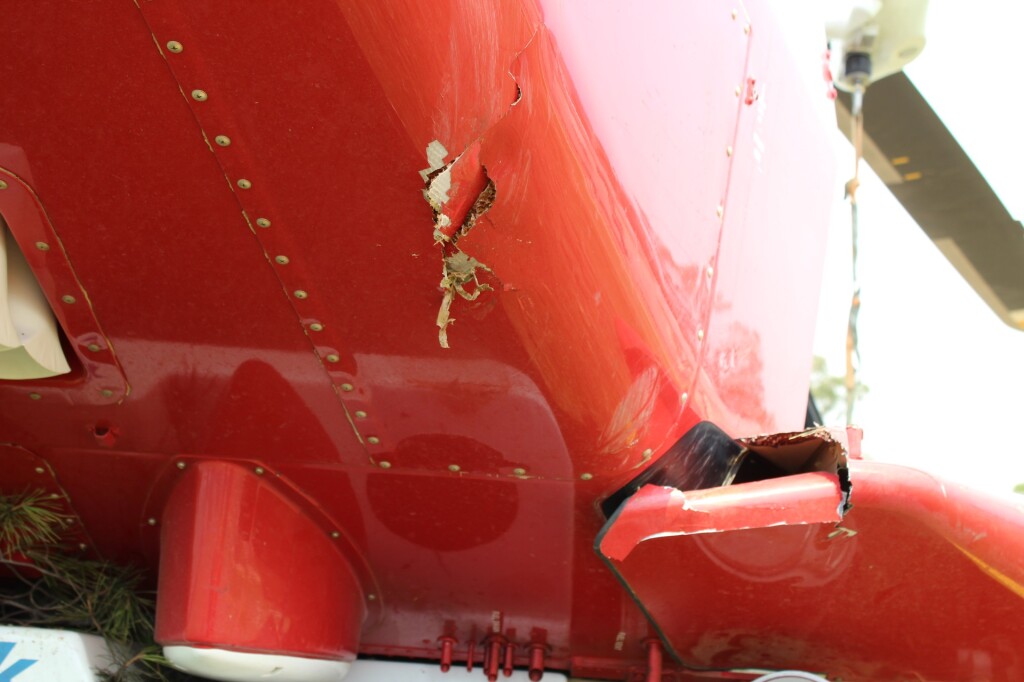

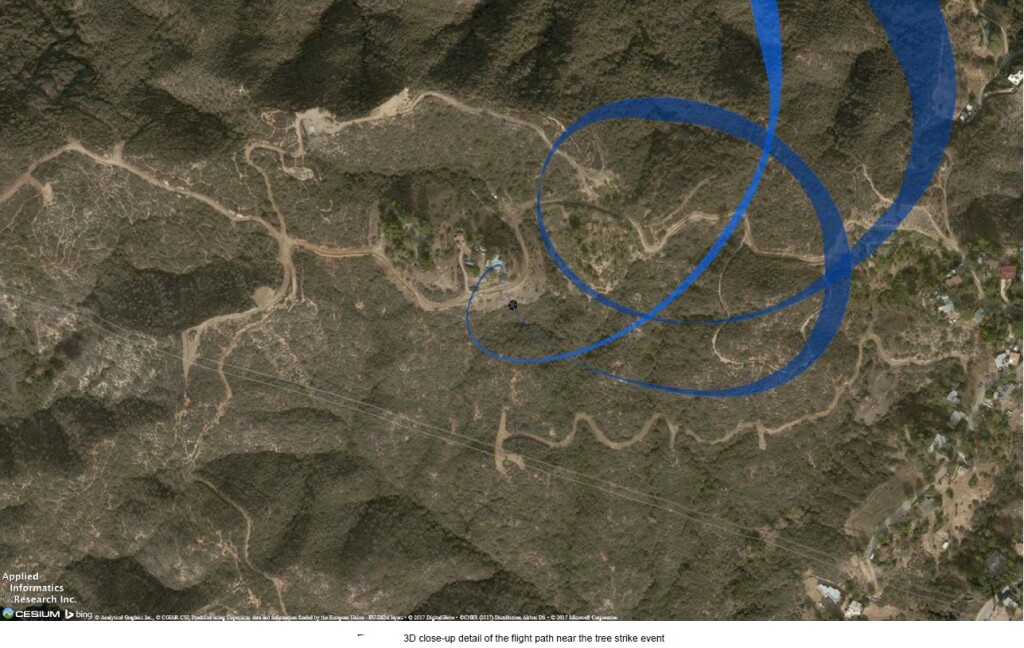

Recent Comments